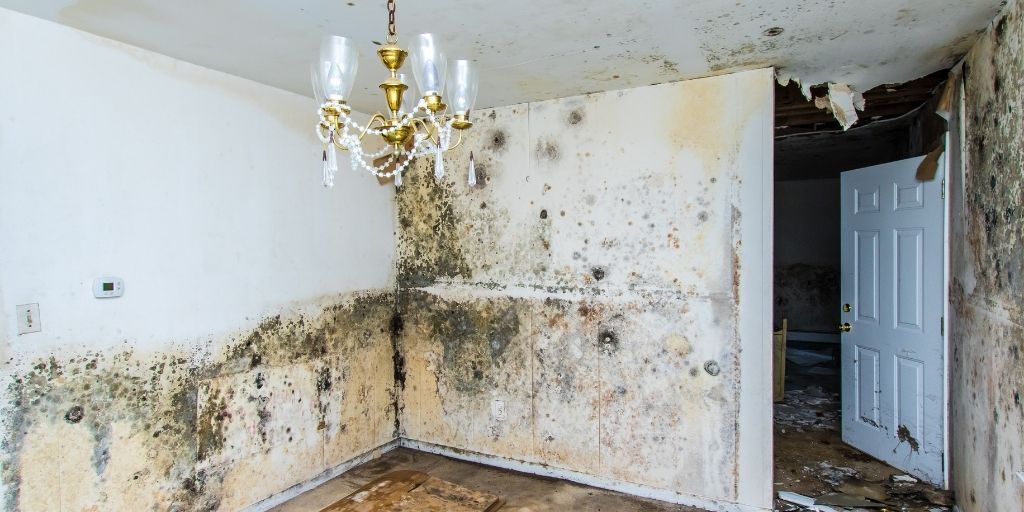
Mold can be both dangerous and toxic and although it can grow on any organic surface, it typically thrives in dark and damp environments. Like mentioned in previous posts, it’s important to know what mold looks like and common places in your home to look for mold and the potential health effects it can have on you and your family. Mold is able to quickly spread, so it is important to hire a professional company such as Paradise Cleaning & Restoration to help mitigate the situation and restore your home to a clean and healthy environment.
It is estimated that there are over ten thousand different species of mold and although some of these molds are not harmful to the health of humans, some types can cause severe health issues so it’s important to understand the difference between harmful and non-harmful molds. Below are 8 different species of mold to be aware of in your home (there are other forms of mold that are able to grow in your home. If you think you may have mold in your home please reach out to us.):
1. Stachybotrys:
The first and probably the most well known mold is Stachybotrys and often referred to as “black mold”. Like most molds, this toxic mold thrives in damp, wet areas with higher humidity levels and can often be found on wood, paper, hay, cardboard, and wicker. Black mold can cause symptoms including: difficulty breathing, fatigue and sinusitis.
2. Acremonium:
Acremonium is another toxic mold that is typically found in humidifiers, drain pans, window sealants, and cooling coils. This mold often is grey, pink, orange, or white and the look changes overtime; it usually starts as a small moist mold that turns into a dusty material.
3. Cladosporium:
Next is an allergenic mold that can grow in both warm and cold environments- Cladosporium. This mold is most commonly found in indoor materials such as couches, carpets, curtains, and upholsteries. It is brown or green in color with a smoother texture. Cladosporium causes allergy-like symptoms to the nose, eyes, throat and skin.
4. Alternaria:
Alternaria is the most common species of allergenic mold that spread quickly and is the mold you most likely are finding in your showers, tubs and sinks. When there has been water damage to your home, this is one of the types of mold that appears and can cause health issues such as asthma-like symptoms and respiratory issues.
5. Chaetomium:
Chaetomium is another form of mold that may appear in a water damaged roof, basement or sink. A good indicator that you may have chaetomium in your home is a musty “basement” like smell. This mold has a cotton- like texture that can change from a white or grey color to brown or black over time. Chaetomium can be harmful to your health causing skin or nail infections.
6. Fusarium:
Fusarium, like cladosporium, is another mold that has the ability to grow and spread in colder temperatures. This pink or red allergenic and toxigenic mold can be found in wallpaper, fabrics, household materials, and naturally grows on food. Health issues such as allergy- like symptoms and skin infections can occur if exposure happens.
7. Penicillin:
This blue or green textured mold is easy to spot and is again often found in water damaged homes in carpets, mattresses, wallpapers and ducting. Although this mold is responsible for important antibiotic production, it can also be the cause of respiratory issues when growing occurs indoors.
8. Aureobasidium:
Lastly is Aureobasidium, which is a pink allergenic mold that is often found growing behind wallpaper or on wooden or painted surfaces. The main health risk if exposed to this mold is skin, eye or nail infections.
If you think you have any sort of mold in your home it is important to call in the professionals. Paradise Cleaning & Restoration specializes in mold mitigation and we can help you get your home feeling like paradise again! Give us a call at 401-849-6644 to schedule an appointment.

Write a comment: